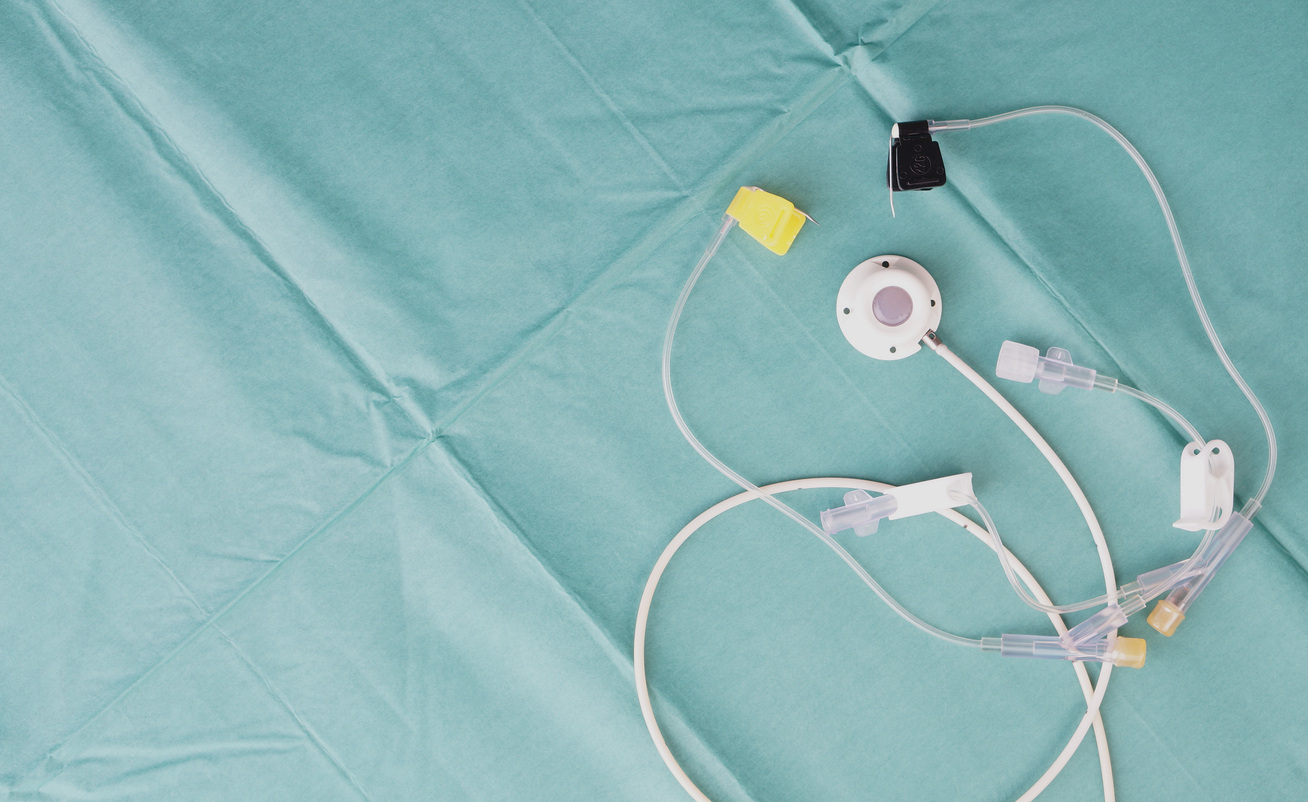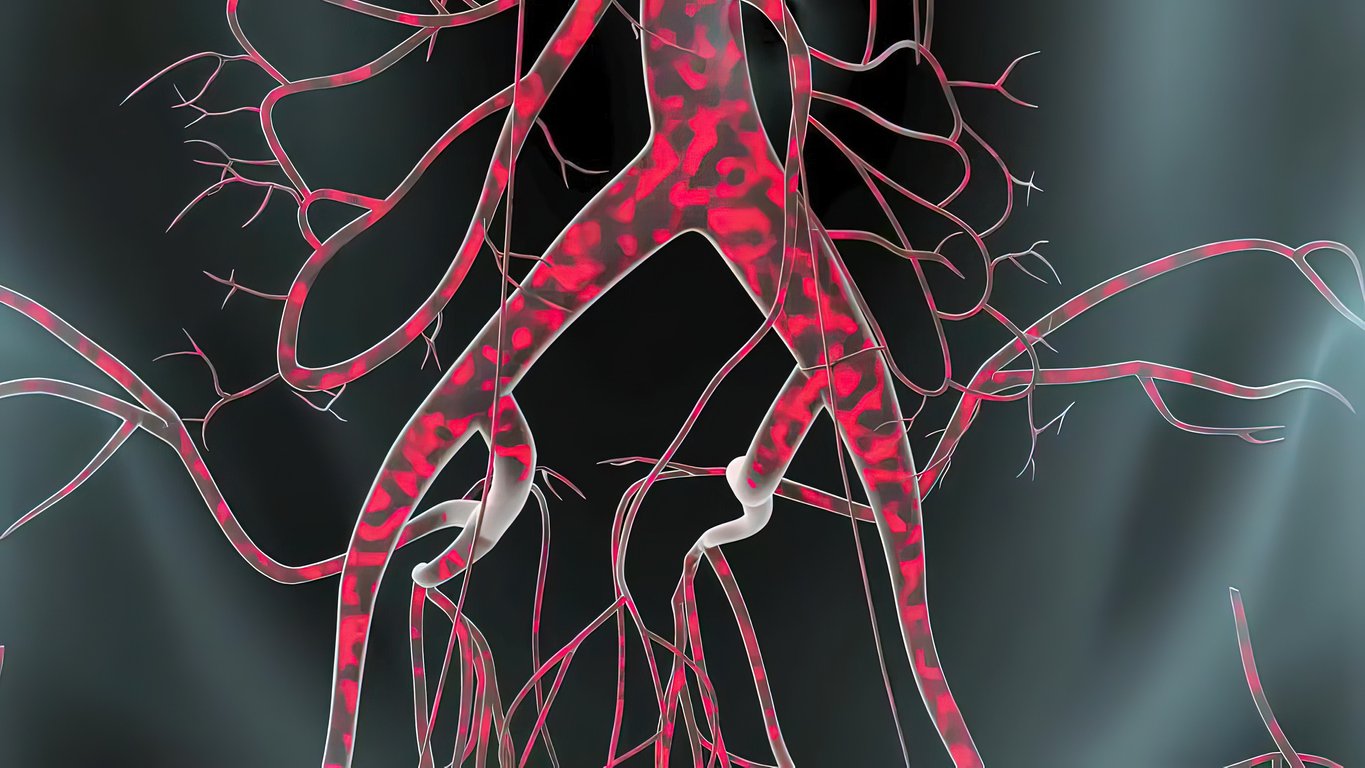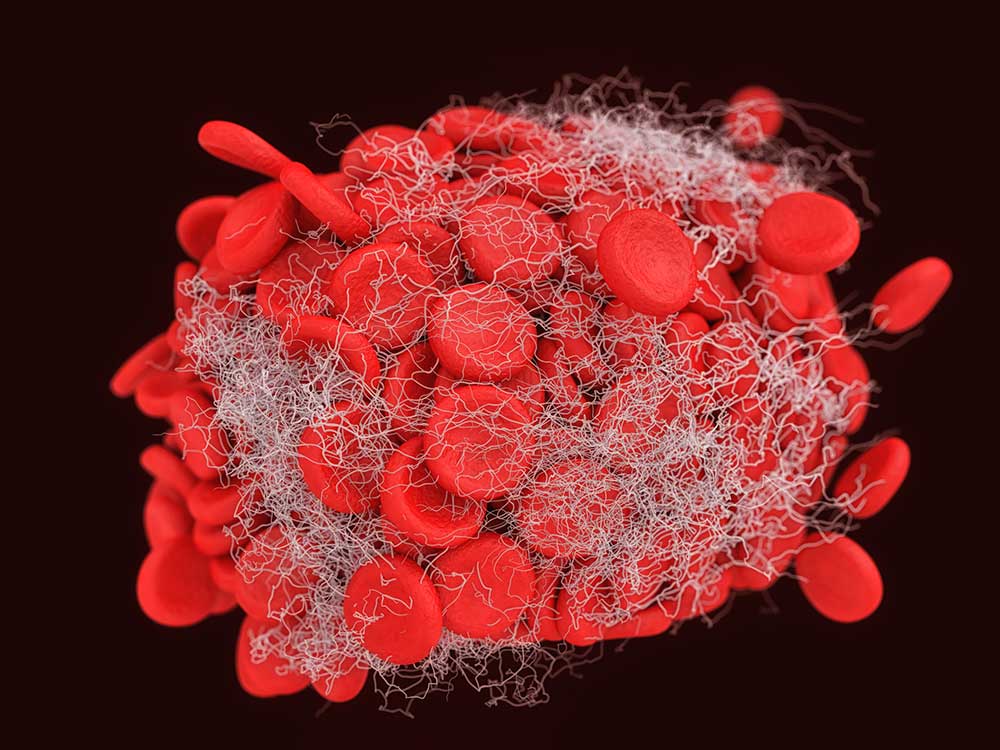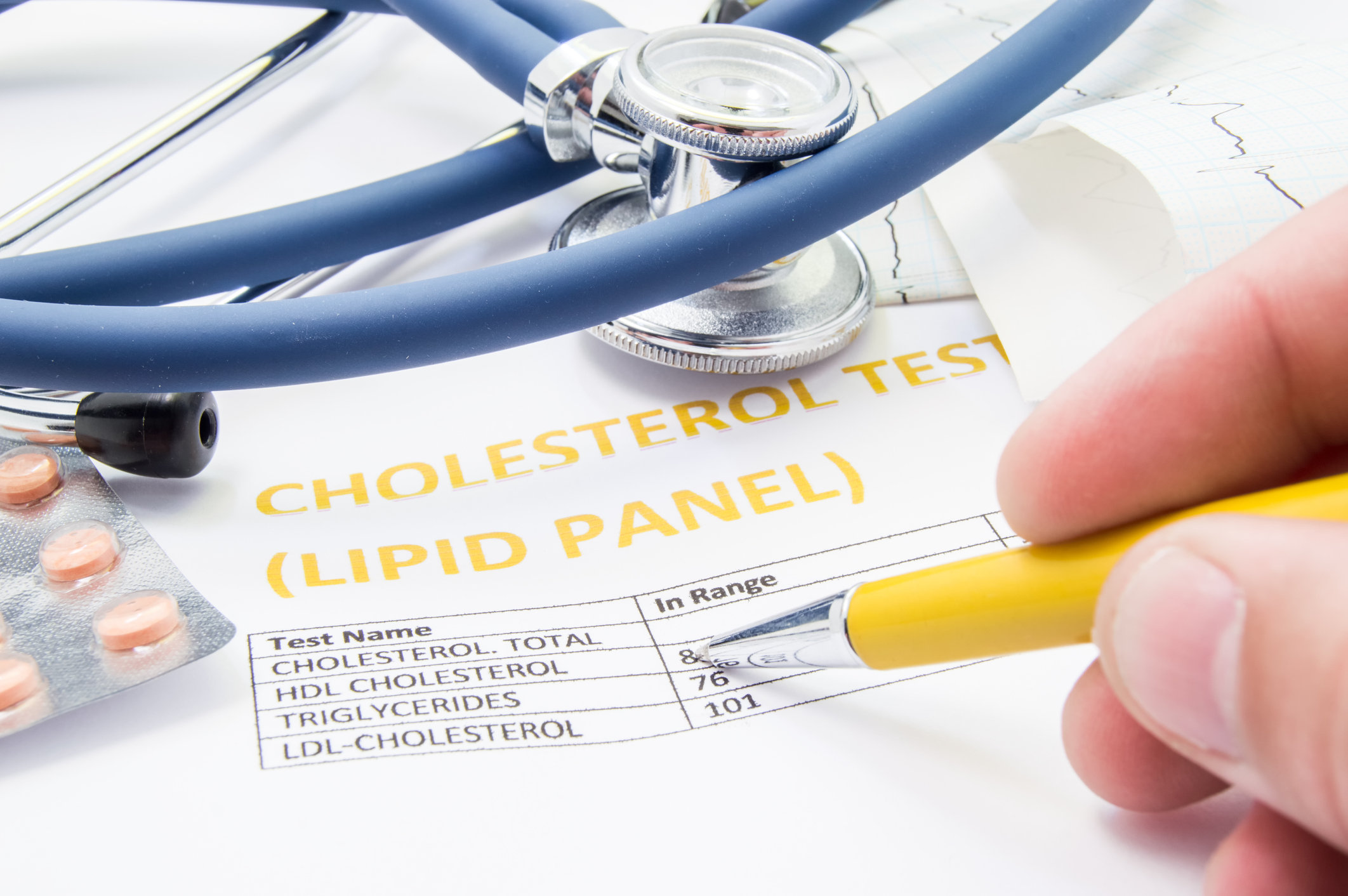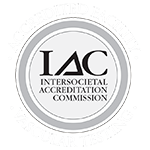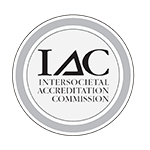In the realm of vascular medicine, a Port-a-Cath plays a crucial role, particularly for patients undergoing long-term treatments like chemotherapy. Understanding what a Port-a-Cath is, why it’s used, and the process of its insertion can help...
Read MoreDr. Michael D. Addis, MD, FACS
Recent Posts
What is a Port-a-Cath and Why is it Used?
Surgical Considerations for Aortic Aneurysms
Contemporary surgical treatment of abdominal aortic aneurysms (AAA) has evolved dramatically over the past two decades.
Read MoreArterial Blood Clots: Overview, Causes and Treatment Options
An arterial blood clot can be quite serious, as it can block blood flow to major organs such as the heart or brain. While blood clots usually go away on their own, there are times when they will not dissolve naturally. Depending on the location...
Read MoreDiabetes: Its Link to Vascular Disease and Foot Ulcers
As November is American Diabetes Month we wanted to talk about the relationship between Diabetes and Vascular diseases and what you can do to treat wounds related to diabetic foot ulcers.
Read MoreThe Signs, Symptoms, and How to Manage Hyperlipidemia and Vascular Disease
Hyperlipidemia is a general term used to refer to any of the several acquired or genetic disorders that lead to increased levels of lipids in your blood, also known as high cholesterol. Lipids refer to fats, cholesterol, and triglycerides that...
Read More- 1
- 2
- Next Page »


